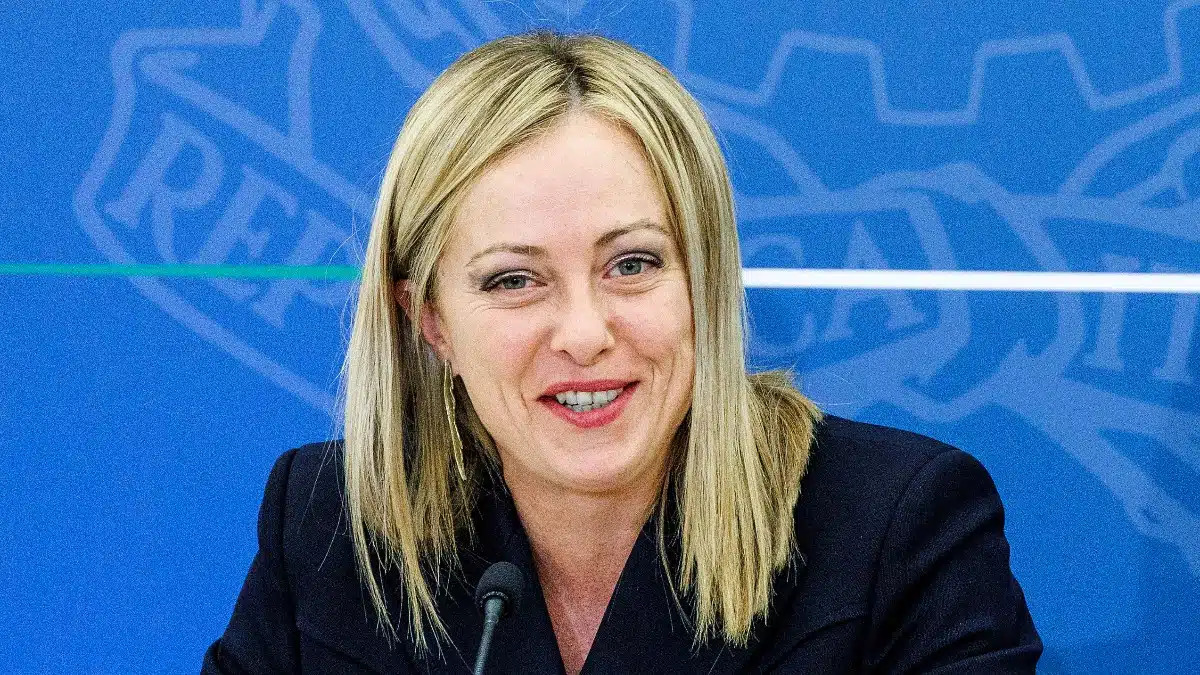Prime Minister Giorgia Meloni deployed a series of measures formally announced on Labor Day, giving rise to an ambitious program to reform Italy’s economy and solve the deep imbalances it has exposed in the last 15 years.
Meloni announced three main axes for the reform agenda: labor legislation, the corporate and personal tax structure, and the evolution of public finances.
The problems on these three main axes explain the process of stagnation that the country has suffered since 2008, after the Great International Recession.

LABOR MARKET REFORMS
The Government introduced new modalities to establish temporary contracts, modifying the obsolete provisions approved by former Minister Giuseppe Conte.
Meloni’s decree extends the possibility of extending temporary contracts from 12 to 24 months according to a series of exceptions not foreseen by the previous legislation.
This encourages formal employment and the payment of contributions to the social security system (more revenue to support the pension system).
In addition, a program of tax reductions on the employer’s tax burden is established for companies that offer indefinite-term contracts.
It is intended to encourage the transformation of contracts from temporary to permanent.
Tax incentives are also extended to hiring young people under 30 years of age who are neither studying nor working.
It is estimated that the number of people in this situation amounts to 3 million in the 15-34 age bracket so the provision will affect most of this group.
This is in addition to the reforms that the Government had already carried out, which have been in force since January, such as the special and reduced corporate tax rate (which dropped from 24% to 15%) applied to companies that declare an increase in their permanent staff.
By lowering labor costs through taxes, companies have more and more incentives to become labor-intensive.
REFORM OF THE TAX SYSTEM
Meloni announced an additional tax cut of 4% for people with an annual income of up to €25,000 and 3% for those less than €35,000.
This implies an average reduction of €100 for the workers reached.
The income ranges reached by the new measures had already had another tax cut announced in 2022 with the IRPF reform.
Considering the totality of the rebates, people with incomes up to €25,000 will pay up to 7% less, while people earning up to €35,000 per year will pay 6% less than in 2021.
Italian personal income tax was simplified and less distortive for economic activity, thus encouraging savings, capital accumulation, investment, and growth.
The tax brackets were reduced from 4 to 3, the average rate fell from 31.5% to 31%, and the tax burden was reduced from 30% to 27% for average incomes.
CUTS ON THE “WELFARE STATE” AND PUBLIC FINANCES
The government program eliminates the so-called “citizenship income”, a universal income with a sidereal cost for public finances and one of the main pillars of the Italian left.
In exchange, there will be a conventional unemployment benefit (like the one operating in most developed economies), whose expenditures become counter-cyclical (they only increase when there is a recession and higher unemployment).
With this reform alone, the Government can save up to €8 billion each year and reorganize incentives to stop encouraging people to stop looking for work, as has been the case until now.
Meloni’s line of action is clear: anyone able to work must do so, and the State will actively facilitate it.
The International Monetary Fund (IMF) has optimistic projections for the evolution of Italy’s public finances.
The deficit is expected to be eliminated by the end of the year (achieving a slight surplus of 0.37% of GDP), while the total financial debt will be reduced from 8% to 3.75% of GDP over the year.
The adjustment will be driven by the reduction of public spending, whose share of the total size of the economy will fall from 56.8% of GDP to 53.7% by the end of the year and will continue to fall to 50% by 2025.
This is the most drastic fiscal adjustment in the last 30 years; only in the early 1990s was such a process observed.
The IMF estimates suggest that tax revenues will not only not be hurt by the tax cuts but will continue to increase, rising from 48.8% of GDP in 2022 to almost 50% by 2023.
With fewer taxes and by reducing or simplifying existing taxes, Italy will collect even more.

